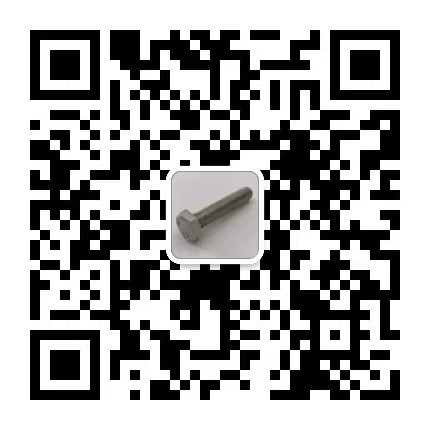VIDEO & CENTER

The common shapes of the thread profiles of fasteners

Thread profile is one of the common elements in fastener threads. According to different application purposes, the appropriate thread profile of fasteners should be selected. The common thread profiles of fasteners we see include triangular, rectangular, serrated, trapezoidal, etc.

What is the thread profile of fasteners?
The contour shape of the thread on the cross-section passing through the thread axis is called the thread profile. It comes in triangular, trapezoidal, serrated and rectangular shapes, etc. Different thread profiles of fasteners have different uses.
Thread profile symbol of fasteners:
M - Common thread
The most commonly used type is the ordinary tooth shape: triangular, with tooth shape angles mostly 55° and 60°. Common threads, also known as general-purpose threads, are the type with the largest number of threaded parts.

R, Rc, Rp - Pipe threads sealed by threads: conical external thread R, conical internal thread Rc, cylindrical internal thread Rp;

NPT - 60° conical pipe thread

G - Pipe thread for non-threaded sealing
The thread itself does not have sealing properties. If sealing is required for the connection, the sealing surface outside the threaded pair can be pressed tightly, or a sealing material can be added between the sealing surfaces, which can be used for pipes, pipe joints, plugs, valves, etc.

Tr - Trapezoidal thread \ nThe cross-section of a trapezoidal thread is an isosceles trapezoid, with a tooth profile Angle of 30°. Compared with rectangular threads, its transmission efficiency is slightly lower, but it has good processability, high root strength, and good centering.

B - Serrated thread: The working edge of the serrated thread is close to the straight edge of a rectangle. It is mostly used for unidirectional force transmission and positioning, such as the down screw of a steel rolling mill, screw press, hydraulic press, and crane hook, etc. The main tooth shapes are (3°, 30°) and 45°.

Rectangular threads are used for force transmission or conduction, such as in jacks, small presses, etc. At present, square threads, also known as rectangular threads, are only used in machine parts with high requirements for transmission efficiency, and no national standards have been formulated for them.
It should be noted that internal and external threads are used in pairs, but only when the above elements are exactly the same can they be screwed together.
To facilitate design and manufacturing, the national standard stipulates the tooth profile, nominal diameter (maximum diameter) and pitch among the above five elements. Threads that meet the national standards in all three elements are called standard threads. If the thread profile meets the standard but the nominal diameter or pitch does not, it is called a special thread. If the thread profile does not meet the standard, such as a square thread, it is called a non-standard thread.














